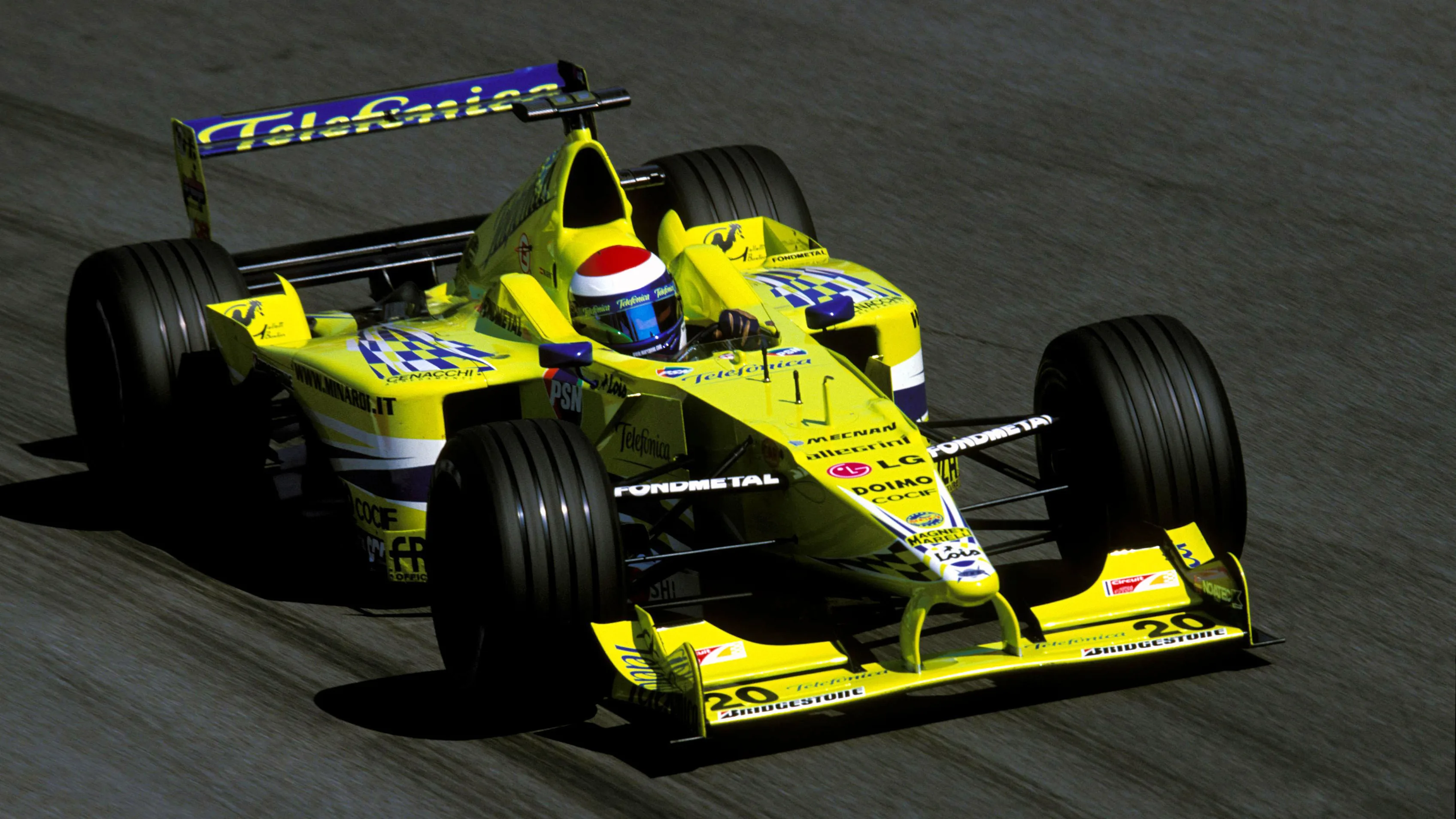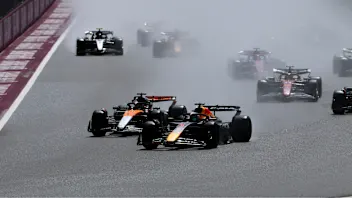Standing out from the crowd - Yellow F1 cars though the ages
Having run their R.S.16 in black during testing, Renault launched a vibrant yellow race livery on Wednesday in Melbourne. In celebration we take a pictorial look back at the other F1 cars to have carried the distinctive hue over the years…
Belgian cars from the 1950s and 1960s
.webp)
Back in the Fifties and Sixties when cars and drivers competed in national colours it was common for Belgian drivers to race bright yellow machines. Here Olivier Gendebien pilots a brightly coloured Ferrari 246 Dino at his home event in 1958.
Fittipaldi Automotive
Having debuted in a greyish silver in 1976, Fittipaldi Automotive (or Copersucar as they were often known in deference to their major sponsor) adorned their cars in vivid yellow from 1977 onwards, though they weren’t the only yellow machines on the grid.
Renault
Renault’s first ever F1 car in 1977 was nicknamed ‘the yellow teapot’ because of the frequency with which it would meet a smoky demise. However, the French manufacturer stayed true to their corporate colour scheme and became F1’s first turbo-powered race winners in 1979. Renault re-adopted the black and yellow look for one season in 2010 and, as expected, they’ll revive it again in Melbourne for their first start as a full works team in seven years.
ATS
The German ATS team ensured there were a hat-trick of yellow-coloured teams on the grid in 1977. But their cars would become gradually more black prior to the squad’s departure at the end of the 1984 season.
Lotus
Having ushered in the change from racing national colours to racing in the colours of sponsors with their ground-breaking Gold Leaf livery in 1968, Lotus switched from iconic black and gold to vivid yellow in 1987. They’d stick with the colour scheme until the end of 1990.
Benetton
Benetton famously used a multi-coloured livery for their first few years in the sport, but things took a distinctly yellow twist in 1991. The colour remained a mainstay until the end of 1993.
Forti
The Italian Forti squad enjoyed an extremely brief stay in Formula One racing between 1995-96, failing to score a point but standing out from the crowd with their banana-hued cars.
Jordan
After a brief dalliance with a gold livery in 1996, Jordan switched to a yellow and black paintjob in 1997 – a colour scheme that would quickly become iconic over the following years. It eventually disappeared along with the Jordan name at the end of 2005.
Minardi

The Italian team’s earliest cars were swathed with splashes of yellow, but it wasn’t until 2000 that the team ran a fully lemon-coloured car. The squad reverted back to a black livery the following year.
Next Up
Related Articles
 Lindblad's car number confirmed for rookie season
Lindblad's car number confirmed for rookie season Albon names moment he's most proud of from 2025
Albon names moment he's most proud of from 2025 Watch as the F1 grid does Secret Santa for 2025
Watch as the F1 grid does Secret Santa for 2025 ExclusiveVesti on life as Mercedes reserve and his F1 plan
ExclusiveVesti on life as Mercedes reserve and his F1 plan Hinchcliffe'History shows Piastri will be even better in 2026'
Hinchcliffe'History shows Piastri will be even better in 2026' REVEALED: Your favourite race of the 2025 season
REVEALED: Your favourite race of the 2025 season